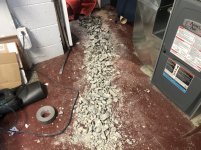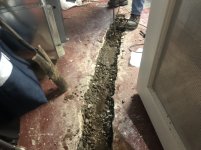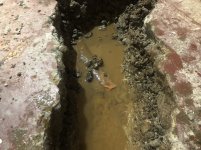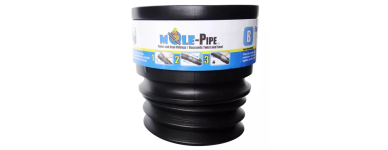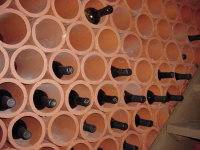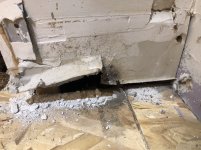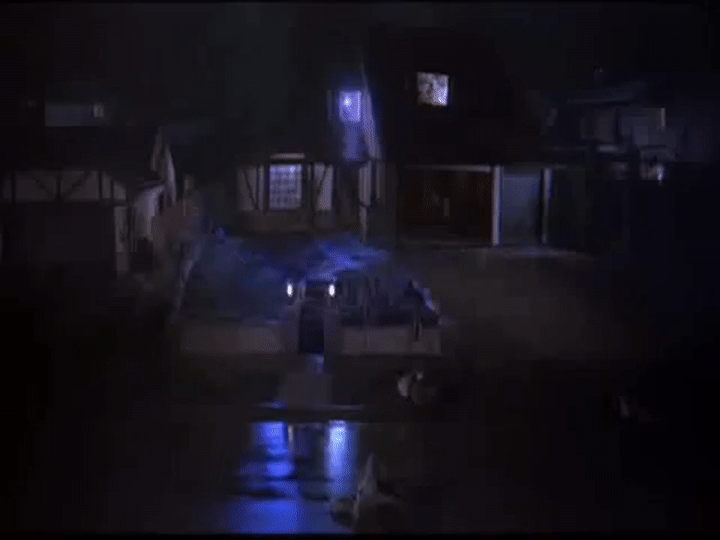@mimico_polak are you 100% sure of the direction of water flow through that pipe? I have a difficult time believing that was put there to guide water to flow back into your house.
It would make more sense (to me anyways) if that was there to collect and move water outside.
Is it possible that over time, there has been enough sludge pushed towards the opening from the inside wall and has effectively blocked off the outflow of water? And now the water can’t find its way out so it now flows out from under the stairs?
I would find a way to dry that entire area and then see where the source and flow is before moving forward.
Sent from my iPhone using Tapatalk













